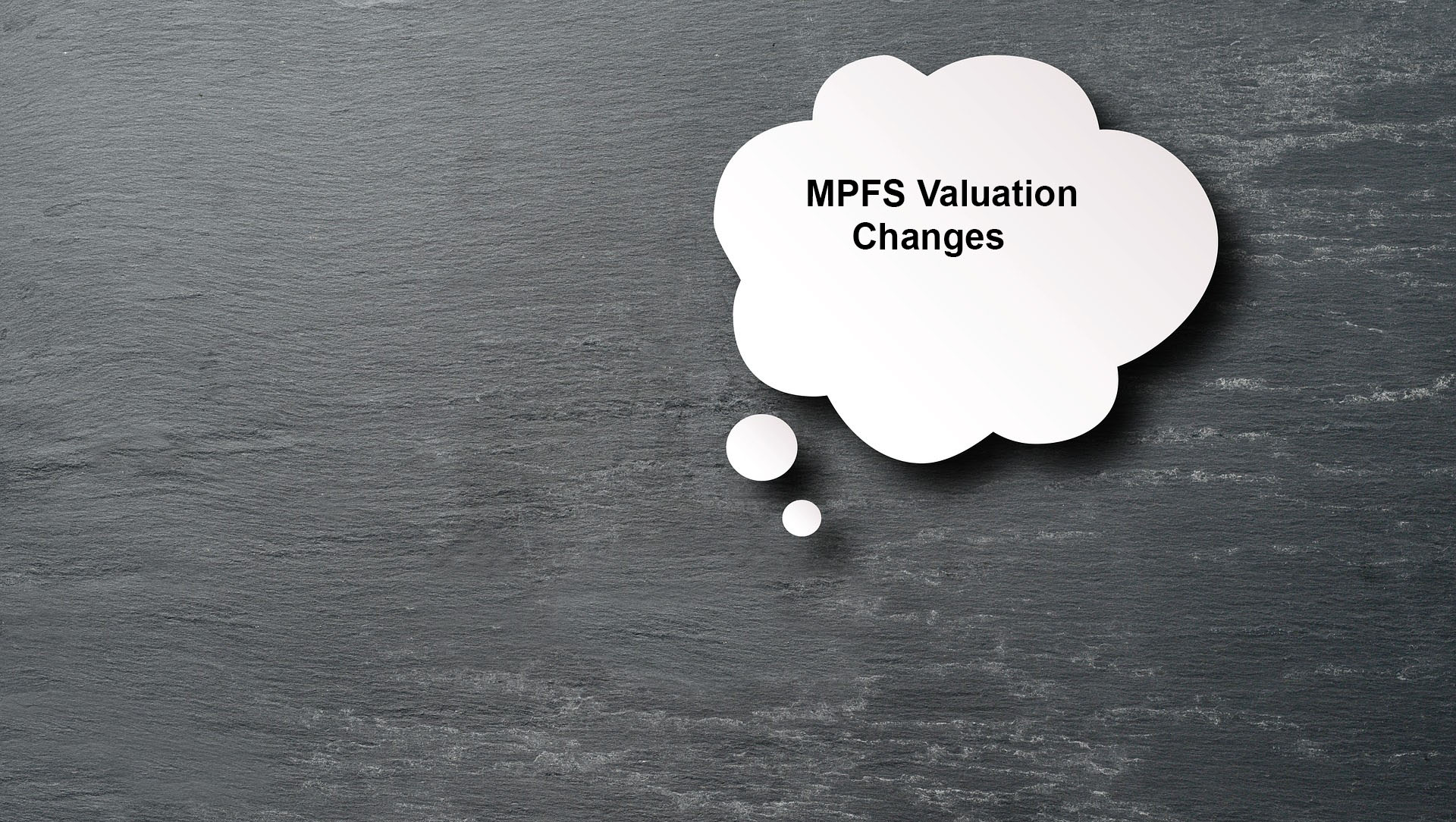Our review of the proposed 2019 Medicare Physician Fee Schedule (MPFS) showed that 201 Professional Component (PC) codes and 213 Global codes were to be decreased by at least 1% in the Diagnostic Radiology 70000-series of CPT codes. In the final MPFS, only 46 PC codes were reduced by 1% or more, but 280 global codes were reduced by at least 1%. The number of codes expected to increase in payment did not change as dramatically, but in both PC and Global billing fewer codes were increased than we expected. Here are the details:
Understanding The Valuation Changes In The Final Medicare Fee Schedule For 2019 on February 27, 2019
Categories: radiology reimbursement, interventional radiology, MPFS, radiology, diagnostic radiology
Researchers Asked for A Follow-Up System, And We’ve Got It on February 13, 2019
A recent study aimed at calculating follow-up recommendations in radiology reports and comparing the efficacy of various methods to identify patients in need of follow-up suggests the usefulness of technologies that can take action on those recommendations. The study that was conducted by Dr. Emmanuel Carrodeguas and his colleagues, published on December 29, 2018 in the Journal of the American College of Radiology and reported by AuntMinnie.com, concludes in part that “Automatic identification of follow-up recommendations could have wide implications for establishing and timely performance of collaboratively developed follow-up care plans for actionable findings in radiology reports to improve quality and experience of care for patients.”
Categories: interventional radiology, clinical analytics, IVC filters, diagnostic radiology, follow-ups
Medicare’s AUC/CDS Mandate Will Begin Next Year on January 29, 2019
We’ve been watching the development of the Appropriate Use Criteria/Clinical Decision Support (AUC/CDS) requirement since 2014 when it was first included in the Protecting Access to Medicare Act (PAMA 2014). The latest Medicare Physician Fee Schedule (MPFS) confirms that the requirement to use CDS will begin this coming year on January 1, 2020, but imposition of any penalties associated with the referring physician’s failure to do so will be delayed until 2021. We are currently in a voluntary reporting period that runs through the end of 2019, so it’s a good time for every radiology practice to review where it stands with regard to this important Medicare regulation.
Categories: radiology reimbursement, radiology documentation, CDS, radiology, AUC
The New Patient Refund and the Changing Landscape of Customer Satisfaction Trends in Healthcare on January 24, 2019
Undoubtedly you have heard the phrase, “consumerism in healthcare” but is that something that we really want, as practice administrators, as hospitalists, as physicians? Because with true consumerism, healthcare delivery will shift to a true retail business, manifested amidst quality, price and location shopping. Within radiology and other healthcare specialties, there is now greater transparency including widespread utilization of pre-service price estimators and physician quality scores published on Medicare’s Physician Compare website, vitals.com and zocdoc.com, among others. However, a potentially more hidden precept of the retail business that is forthcoming is the patient refund.
Categories: patient billing, patient collections, patient experience
Coding Changes That Will Impact Radiology Practices In 2019 on January 2, 2019
Click here to read our 2024 code changes update article.
Each year there are revisions of Current Procedural Terminology[i] (CPT)® that will impact the way radiology practices code their procedures and, ultimately, how they are reimbursed for those procedures. The majority of CPT code changes in radiology for 2019 are for Interventional Radiology procedures. Those that pertain to diagnostic radiology are in ultrasound, MRI, and nuclear medicine. We’ll cover the diagnostic codes first, and then go into detail on the interventional coding changes.
Categories: medicare, medicare reimbursement, interventional radiology, MPFS, CPT codes, radiology, diagnostic radiology
Pennsylvania’s “Patient Test Result Information Act” on December 21, 2018
Radiology groups who provide imaging services to patients in Pennsylvania should be aware of a new state law known as the “Patient Test Result Information Act,” or Pennsylvania Act 112 of 2018. Originally scheduled to begin on December 23, 2018, its implementation has been delayed for a year. In order to implement compliance with this new law, radiology groups and the facilities in which they practice will have to develop a system to monitor results and identify those that require a notice to be sent.
Categories: radiology, PA Act 112
Credit Card Security Is an Important Issue For Medical Practices on December 10, 2018
HAP has long advised our clients and blog readers to utilize technology to enhance the revenue cycle process. Our article The Importance of Accepting Electronic Payments at Your Radiology Practice is the most recent, but electronic transactions have also been highlighted in our Best Practices in Radiology Patient Billing article. Most practices today accept credit or debit cards in one way or another, but they might not be aware of the need for security protocols surrounding them.
Categories: medical billing, patient experience, credit cards, security
The Importance of Accepting Electronic Payments at Your Radiology Practice on December 5, 2018
In our article Best Practices in Radiology Patient Billing, we identified a greater focus on practice billing processes as a critical element in improving patients’ satisfaction with the practice, and we encouraged practices to accept electronic payments. According to the InstaMed Trends in Healthcare Payments Eighth Annual Report 2017 released in May 2018, “Consumer loyalty is increasingly tied to the healthcare payments experience as 65 percent of consumers would consider switching healthcare providers for a better healthcare payments experience.”
Categories: radiology reimbursement, medical billing, patient billing, patient collections, radiology, patient experience
Review of The Medicare Quality Payment Program for 2019 on November 19, 2018
With the publication of the Medicare Physician Fee Schedule (MPFS) Final Rule for 2019, which includes the Quality Payment Program (QPP) Final Rule, we can now review how radiologists can prepare to maximize their 2021 Medicare reimbursement through QPP participation in 2019. The QPP includes both the Medicare Incentive-based Payment System (MIPS) and Alternative Payment Model (APM) tracks. Since most radiology groups are currently participating in MIPS, we will focus on steps to take for successful participation in this program.
Categories: MPFS, MIPS, Quality Payment Program, radiology, QPP, APM
What is the True ROI of Your RCM Vendor? Understanding the new math. on November 13, 2018
Categories: radiology











.jpg)

